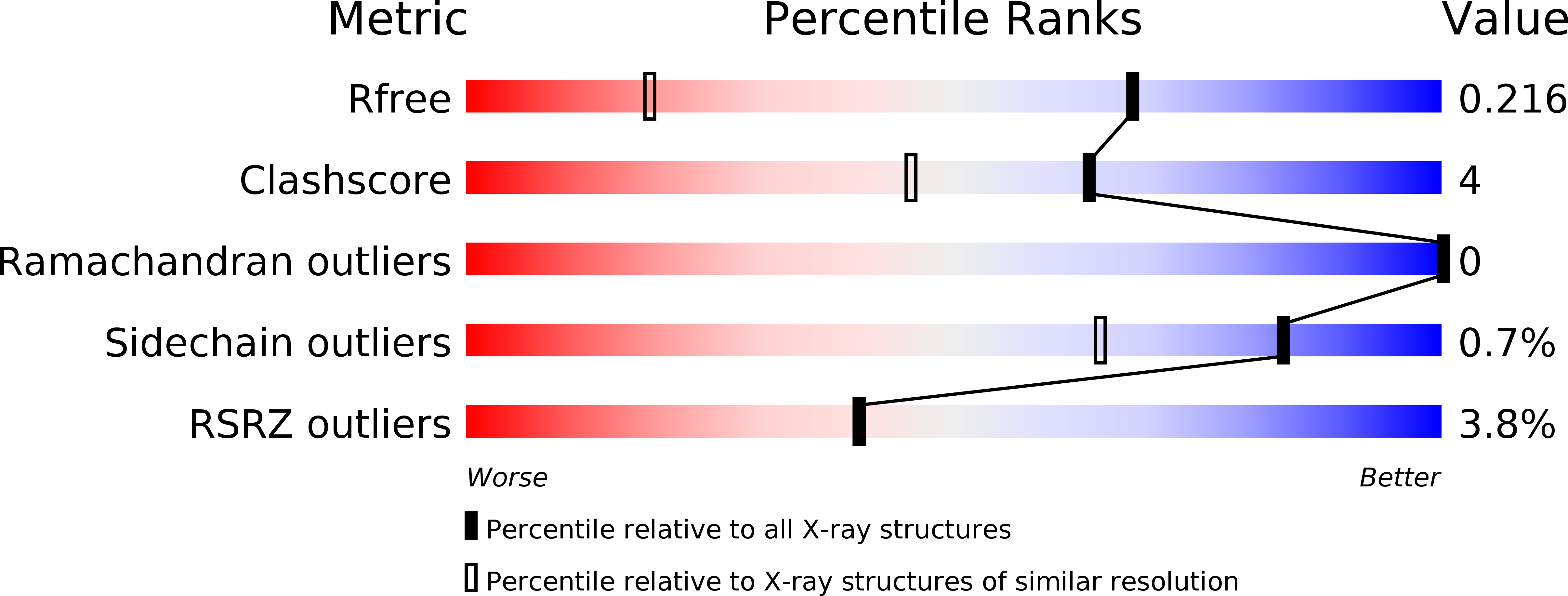
Deposition Date
2010-02-08
Release Date
2010-05-05
Last Version Date
2023-09-06
Entry Detail
PDB ID:
3LQ3
Keywords:
Title:
Crystal structure of human choline kinase beta in complex with phosphorylated hemicholinium-3 and adenosine nucleotide
Biological Source:
Source Organism:
Homo sapiens (Taxon ID: 9606)
Host Organism:
Method Details:
Experimental Method:
Resolution:
1.42 Å
R-Value Free:
0.21
R-Value Work:
0.18
R-Value Observed:
0.18
Space Group:
C 1 2 1


